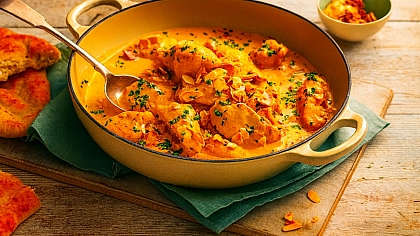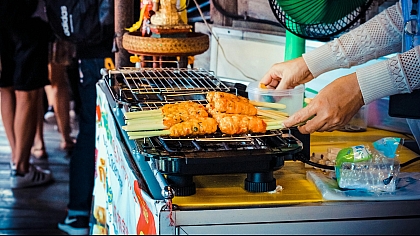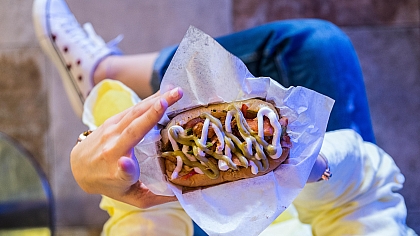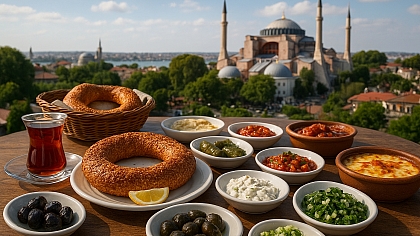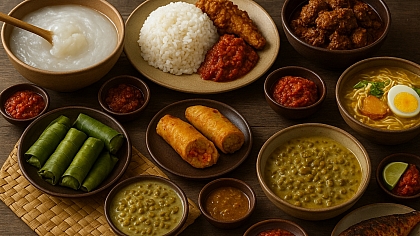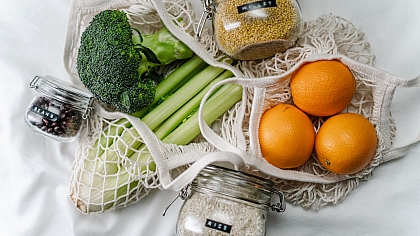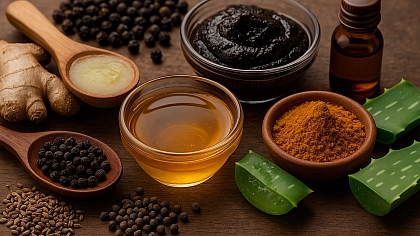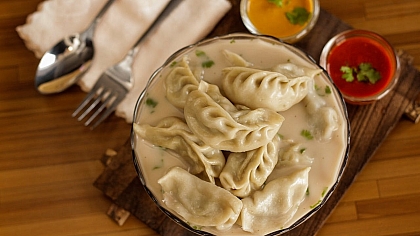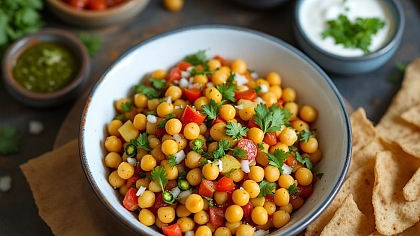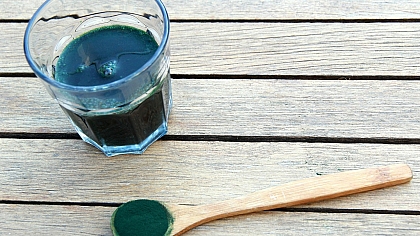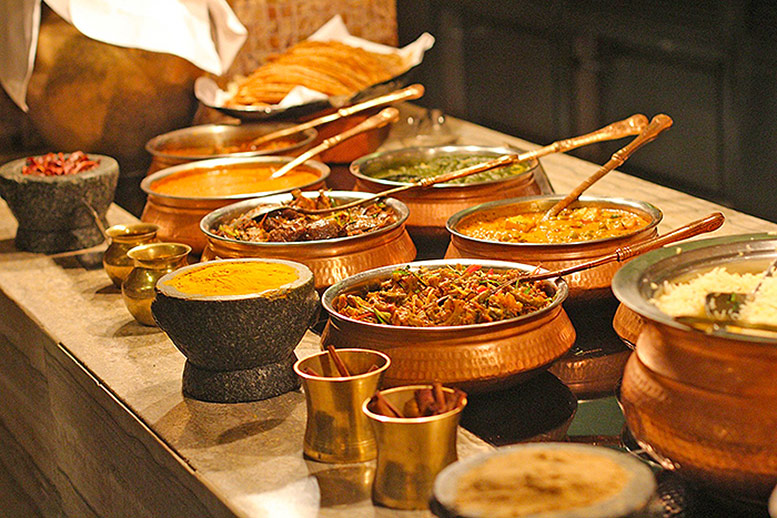
The History of Mughal Cuisine
Along with the Mughal rule over most of the Indian subcontinent from 1426 to 1857, came a cuisine that was rich in aromatic spices and lavishly enhanced with delicacies such as dried fruits and nuts. Recipes that were once prepared for Emperors and Royalty, still have a stronghold in South Asian cooking today.
Originating in Northern India, the culinary legacy of the Mughal Empire can be found in the regular diets of the people of Delhi, Uttar Pradesh, and as far away as Hyderabad and what is now modern-day Pakistan.
As the Persian language along with the Islamic lifestyle of the Mughals had a lasting impact, the origins of many of the dishes that we enjoy today such as pilau, biryani, kofte, and kebabs all trace back to the Mughal Empire.
Mughlai Cooking
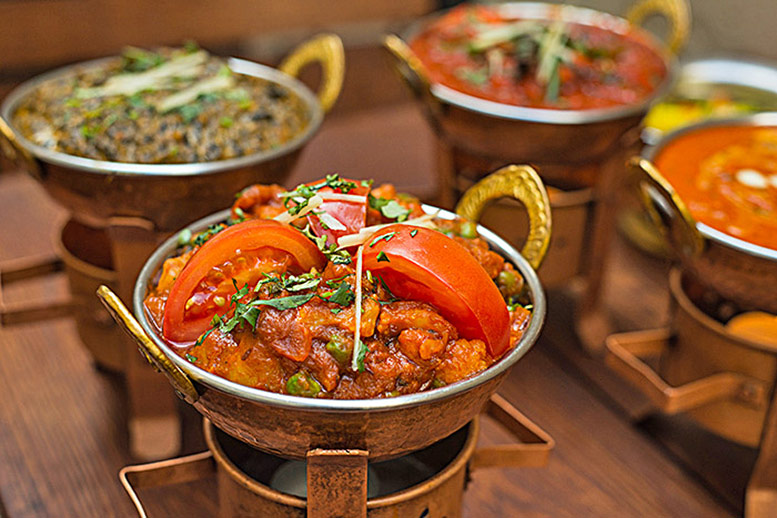
The Mughlai style of cooking was time-consuming and produced flavourful and indulgent dishes. With cooking techniques from places far and wide such as Uzbekistan, Persia, and Afghanistan as well as the Punjab, Kashmir, and the Deccan region, this cuisine was made up of a combination of culinary expertise that resulted in a cuisine that was truly fit for a King.
As the Mughal Empire was home to a Muslim and Hindu majority, pork and beef were not traditionally on the menu, rather mutton, fowl, and vegetarian dishes were preferred.
Curries and stews were enriched with butter, yoghurt, milk, or even cream and traditional Mughlai desserts are rich, creamy, and delightfully spiced with saffron, cardamom, and cinnamon. They were also garnished with edible flowers as well as gold or silver foil, making them lavish to look at as well as to taste.
The Influence of the Mughal Emperors
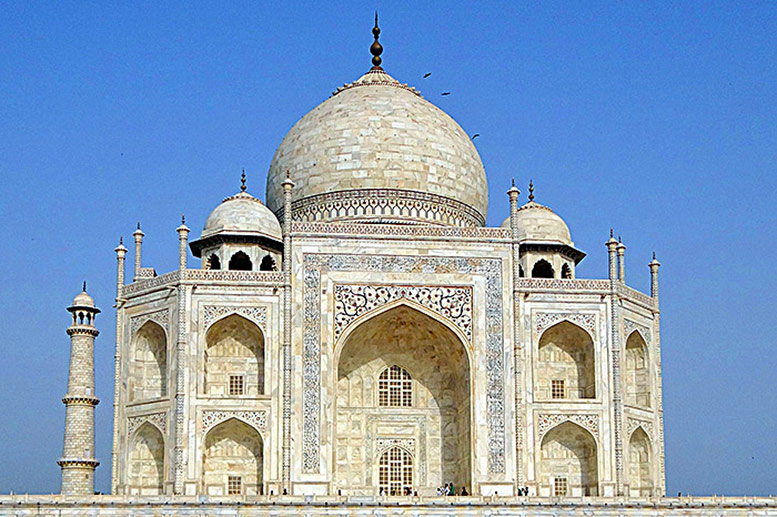
Similarly, with the Sultans of the Ottoman Empire, food played a big part in the gift-giving traditions of the Mughals, and feasts and banquets were often used to deliver messages of status, power, and friendship.
From the first six Mughal Emperors; Babur to Aurangzeb, each of their culinary preferences made an influential contribution to the evolution of Mughal cuisine.
Reigning from 1526 to 1530, the first Mughal Emperor; Babur, preferred the Uzbek food from his native homeland of Samarkand although he did adapt to enjoying new foods too such as fish. During Babur’s reign, grilled food and earthenware pots of spiced rice and meat that were cooked by being buried in hot pits were commonly prepared, due to the war campaign diets of the time.
Emperor Babur would become emotional and remember his homeland upon the sight and smell of the fragrance of fresh melons however he was not a huge fan of mangoes. It was the other Mughal Emperors that really acquired a taste for mangoes and have been known for their grafting of mango trees, the gifting of mangoes for political gain as well as even fighting over them! To this day, the mango is the national fruit of both India and Pakistan.
The second Mughal Emperor; Humayun, along with his Iranian wife; Hamida, brought a more Persian inspiration to the diet. It was Hamida who, in the 16th century, introduced the use of dried fruits and saffron to the Mughal kitchen. Both of which are still commonly used in Iranian cooking today.
As with the Turks throughout history, Emperor Humayun also enjoyed drinking sherbet, so the Royal kitchen began to prepare drinks made with fruit. Ice was also brought from the mountains to cool the drinks, as Humayun ruled between 1530 and 1556, noticeably freezers weren’t around then!
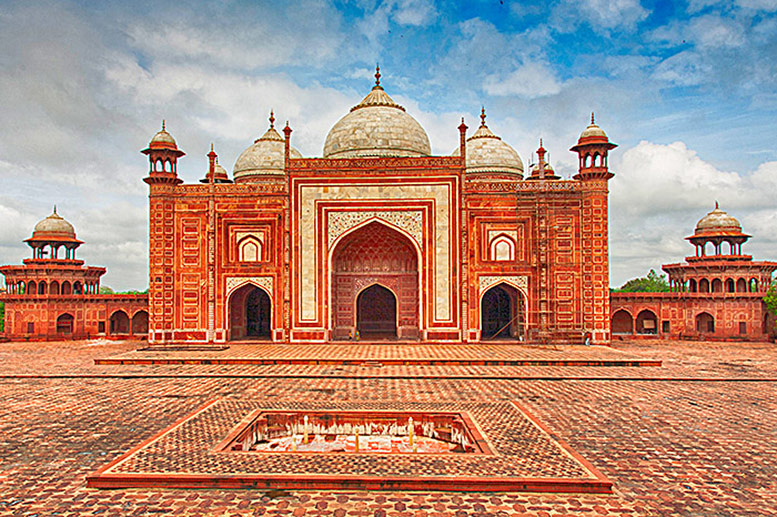
The third Mughal Emperor; Akbar, with his many marital alliances took the Mughal cuisine to the next level by bringing in cooks from all over India who merged their own gastronomical expertise with the already existing Persian flavours. Akbar ruled from 1556 to 1605.
Followed by the fourth Emperor; Jehangir and his twentieth wife, famously known as Nur Jahan, the Mughal cuisine was even further influenced, not just flavour-wise, but aesthetically too. Nur Jahan was renowned for being a powerful Royal figure who received gifts from even the European nations and created unusual gastronomical fare such as rainbow-coloured yoghurt! Their reign covered the years 1605 to 1627.
The fifth Mughal Emperor, Shah Jahan, who was also the previous Emperor Jehangir’s son and ruled from 1628 to 1658, kept up the show and carried on expanding the menu formulated by his predecessors. Shah Jahan had herbs and spices such as turmeric (haldi), jeera (cumin), and coriander (dhania) incorporated into the recipes because of their healing properties, as well as dried red chilli which was believed to ward off bad spirits!
Emperor Shah Jahan was also famous for building the Taj Mahal and the Moti Mahal in Agra, as well as the Red Fort and Jama Masjid in Delhi. His reign was considered the Golden Age of the Mughal Empire.
The years 1658 to 1707 saw the rule of Aurangzeb, the sixth emperor who was the most religious and thrifty of them all. He preferred the lighter, vegetarian options over the meat dishes that were relished by the rest of his Royal counterparts.
Modern-Day Mughal Cuisine
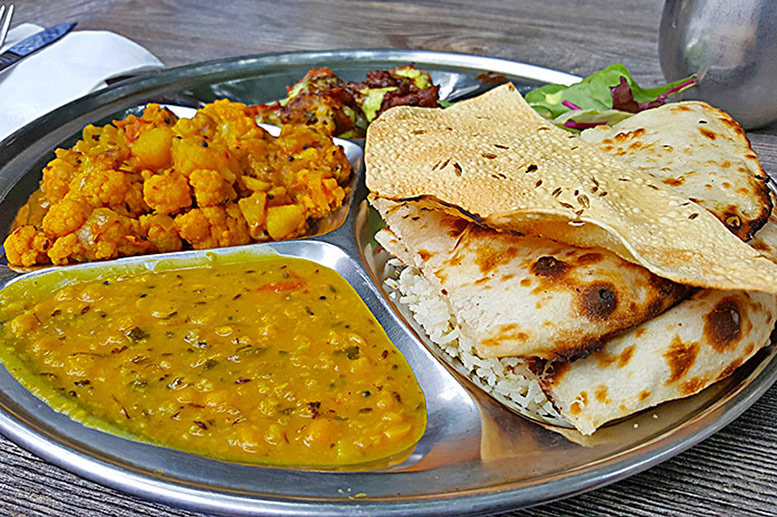
The extravagance of Mughal cuisine is still savoured in restaurants around the world today.
From their roots in the imperial kitchens, the delicacies of Mughal cuisine have made their way into the bazaars and streets of many Indian and Pakistani towns and cities. From high-end restaurants to street food stalls, everything from parathas and tikkas to haleem and nihari can be enjoyed by people from all walks of life.
Furthermore, these dishes have found their way into the international culinary world and are now being prepared and eaten in both the East and the West.
So next time you are about to tuck into a plate of freshly cooked biryani or perhaps a tasty kebab roll, why not take a moment to envision the Mughal culinary culture of the past, to appreciate the gastronomic creations of the hardworking chefs of the Royal kitchens as well as the philosophy of the food-loving Emperors and their artistically inclined wives.



